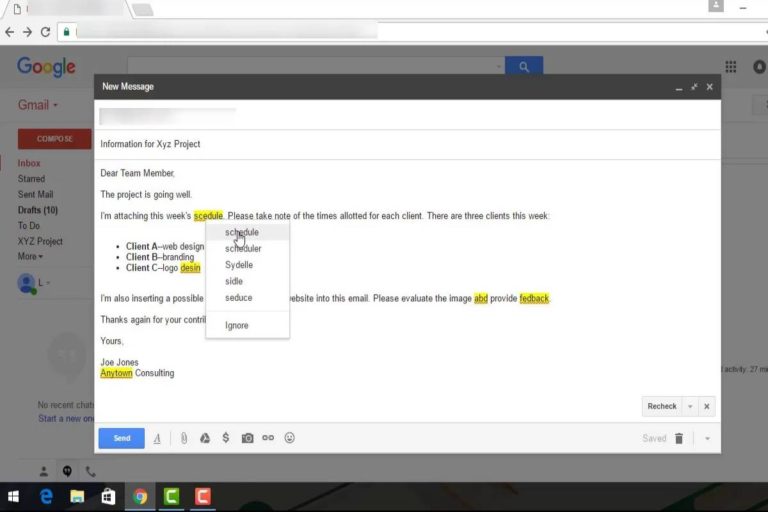Forex Trading – Determining the right position size is crucial, especially when you are an intraday trader. The size of your trade can greatly impact your risk level. If the position size is too large, you could risk too much and potentially lose a significant amount of money. On the other hand, if the position size is way too small, your potential profits may be limited.
To calculate the position or lot size for your trade, you need to consider the number as well as the type of the lot. There are three types of lots commonly used in forex trading:
- Micro lot: This represents 1,000 units of currency.
- Mini lot: This represents 10,000 units.
- Standard lot: This represents 100,000 units.
To determine the ideal position size, you need to consider market conditions, trade setup, and your chosen trading strategy. Even when you use trading calculators, you must fill in these kinds of details to get accurate results. In this article, we will talk about all the important steps you need to determine the position size.
Set Your Account Risk Limit Per Trade
Determining the appropriate position size is a crucial step if you are a trader. It involves setting a limit on the percentage you are ready to risk on a particular trade. Suppose you possess a trading account with a balance of $20,000 and choose to implement a risk limit of 2%. This implies that you are prepared to endure a potential loss of up to $400 on a trade that does not align with your analysis.
Alternatively, if you opt for a 1% risk limit, you will be exposing yourself to a risk of $200 per trade. The specific amount you risk will always be influenced by the size of your account and the maximum percentage you have set. This risk limit functions as a valuable guideline for all your trades, facilitating effective risk management.
Alternatively, you can choose an amount that is equal to 1% or less of your account’s value. For instance, you choose to allocate $50 per trade. Until your account balance remains $5,000, the risk per trade will be 1% or lower.
Keeping your account risk consistent is important. Avoid risking more than 2% of your capital in one trade. Select a percentage risk you stick to and follow that. Closely monitor your profits & losses because, at the end of the day, these two things matter the most. You can calculate the exact profits in the currency of your choice using a profit calculator, which is a useful tool, especially when you trade multiple currency pairs. By maintaining a disciplined approach to position sizing, you can effectively manage risk and stay on track with your trading strategy.
Plan for Pip Risk on a Forex Trading
The risk in a trade in terms of pip can be identified by calculating the difference between your entry point and the placement of your stop-loss order. A pip represents the smallest increase in a currency’s price. For the majority of the currency pairs, the value of a pip is equivalent to 0.0001. However, when it comes to pairs involving the Japanese yen (JPY), then the value of a pip will be equal to 0.01 or one percentage point. If this all sounds a bit confusing to you, then you can use a pip calculator to calculate the pip value accurately. While most brokers display prices in pips, some may display prices with an additional decimal place called a pipette.
A stop-loss order is a crucial tool that closes a trade automatically if it reaches a certain predetermined loss amount. It ensures that your loss does not exceed your limits. For instance, let’s say you buy one popular major pair, that is, EUR/USD pair. Your entry price is $1.3236, and you set a stop-loss at $1.3226, basically risking 10 pips. It should be noted that the pip risk will differ based on the volatility of the market or your trading strategy.
Once you know the pip distance between your entry point and stop loss, the next step is to calculate the pip value based on the lot size. This calculation helps you determine the monetary value of pip movement in the trade.
Understand Pip Value for a Trade
To determine the pip value for your trades, it’s important to understand how it varies based on the lot size and the currency pair you’re trading.
If you’re trading a currency pair where the U.S. dollar is the quote currency and your trading account is in dollars, in that case, the pip values for different lot sizes are fixed. The pip value of a micro lot is $0.10, for a mini lot, the pip value is $1, and a pip value of a standard lot is $10.
However, if your trading account is in dollars and the quote currency in the pair is not the U.S. dollar, you need to consider the exchange rate between the dollar and the quote currency. Let’s consider another example involving the Australian/Canadian dollar (AUD/CAD) pair, assuming the USD/CAD pair is trading at $1.3105.
For a micro lot of AUD/CAD, the pip value would be $0.10 ($0.10 * $1.3105). For a mini lot, it would be $1.31 ($1 * $1.3105). And for a standard lot, it would be $13.10 ($10 * $1.3105).
Once you have determined the pip value, you can calculate the position size, which will depend on your desired risk and account size. But try all this on a demo account before risking your money in a live account. This will help you become better at these crucial calculations.
Determine Position Size for a Forex Trading
Calculating the ideal position size is crucial for managing risk in your forex trades. There is a simple formula to determine the appropriate position size:
Pips at risk * pip value * lots traded = amount at risk
In this formula, the position size refers to the number of lots traded. Let’s look into an example:
Imagine you have a trading account with capital worth $10,000. You decide to take a risk of 1% on each trade, which equals $100. You plan to enter a trade on EUR/USD pairs, buying at $1.3051 and setting a stop loss at $1.3041. This implies a risk of 10 pips ($1.3051 – $1.3041 = $0.001). As you’ve entered the position with mini lots, the value of each pip movement amounts to $1.
Applying the formula, we obtain the following:
10 * $1 * lots traded = $100
Dividing both sides of the equation by $10, we find:
Lots traded = 10
As we know that 10 mini lots are equivalent to one standard lot, so you can choose to purchase 10 mini lots or one standard lot.
Now let’s consider another example involving the AUD/CAD pair. Suppose you’re trading mini lots and decide to go long at 0.9432, setting a stop loss at 0.9422, which also represents a 10-pip risk.
Using the formula, we have:
10 * CAD 0.94 * lots traded = $100
The value of CAD 0.94 represents the pip value when converting from Canadian dollars to U.S. dollars. Now you can divide both sides of the equation by $9.40, and the outcome will be:
Lots traded = 10.64
Therefore, the position size you should ideally take in this scenario can be approximately equal to ten mini lots and one micro lot. By utilizing this formula and following the 1% risk rule, you can easily calculate the appropriate lot size for your trades.
Conclusion
In conclusion, figuring out the appropriate position size is easy. You only have to use a simple formula that takes into account the pips at risk, pip value, and desired risk amount. This way, you can calculate the ideal position size for each Forex Trading. This allows for better risk management and helps avoid excessive exposure to potential losses. By combining this approach with sound risk management principles, traders can optimize their position sizes and enhance their overall trading strategy.








